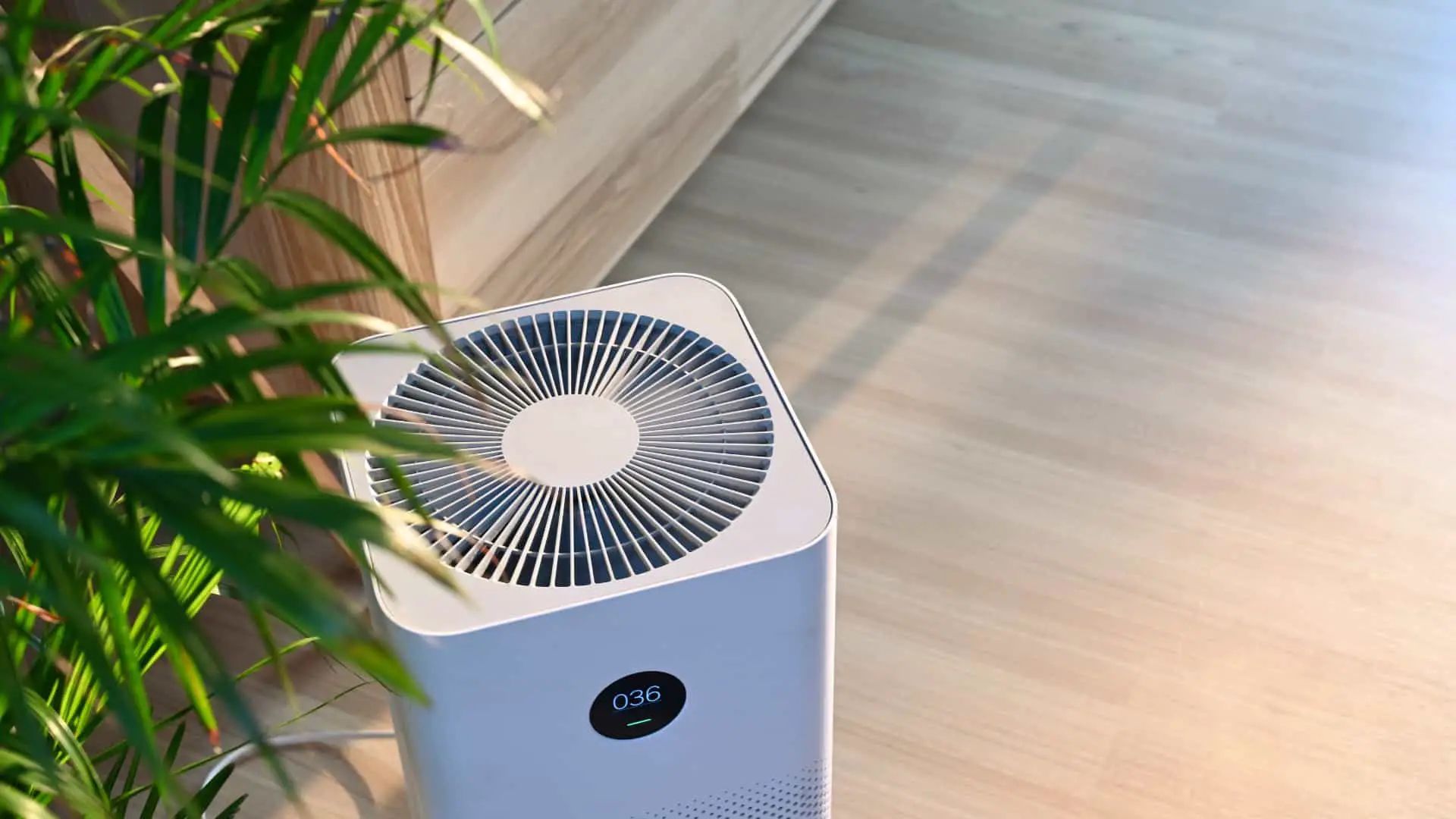How to Determine the CFM of Your Grow Room’s Inline Fan
Disclosure: Your purchases through our links may earn us a small commission, supporting our site’s ability to provide valuable information to our readers. Rest assured, it won’t impact your price. Thank you for your support.
Many types of fans are used in grow rooms, and inline fans are a popular option. Inline fans are installed in the ductwork of your grow room and can be used to move air through the space.
Please read why do I need an inline fan and how does it help improve plant growth? for more understanding.
To ensure that your grow room is operating at peak efficiency, it is crucial to understand the factors that affect inline fan performance. One of the most critical factors is the capacity of a fan is measured in CFM or cubic feet per minute. This measures the volume of air an inline fan can move in a given period. Please keep reading to learn more about how to calculate the CFM of your inline fan and what factors can affect its performance.
How to Calculate CFM
The first step in understanding your grow room’s inline fan CFM is to know how to calculate it. The formula for calculating CFM is relatively simple and only requires a few pieces of information. Here’s what you’ll need:
- The dimensions of your grow room (length, width, and height)
- The number of air changes per hour that you want to achieve
- The total volume of your grow room (length x width x height)
Once you have all of this information, you can plug it into the following formula:
CFM = (air changes per hour x total volume) / 60 minutes
For example, let’s say you have a grow room that is 10 feet long, 10 feet wide, and 8 feet tall. You want to achieve an air change rate of once per hour. This means you need a fan with a CFM of 800 (10 x 10 x 8 = 800).
We have summarized the best inline fan brands for you . Keep reading 6 inline fans that will keep your indoor grow room cool and ventilated.
What Are the Factors That Affect Inline Fan CFM
Now that you know how to calculate CFM, it’s important to understand the various factors affecting a fan’s ability to move air. Here are some things to keep in mind:
- Static pressure: This is the pressure created by obstacles like ducting, filters, and bends in the ductwork. A higher static pressure will require a more powerful fan to overcome it.
- Ductwork length and diameter: Longer lengths of ductwork will result in greater friction and therefore require a more powerful fan. The same is true for larger diameters of ductwork.
- Number of bends: More bends will also create greater friction and reduce airflow. Try to use as few bends as possible in your ductwork design.
- Filters: Filters (e.g., carbon filters) are necessary for keeping contaminants out of your grow room, but they also place additional restrictions on airflow. Be sure to factor this into your calculations when selecting a fan.
- Temperature: Hotter temperatures require a more powerful fan to achieve the same airflow. This is because hot air is less dense and, therefore, easier to move.
- Grow lights: Lights also generate heat and can reduce your inline fan’s effectiveness. Try to position your lights, so they don’t directly shine on your plants. This will help to keep the air cooler and allow your fan to operate more efficiently.
Consider these factors when selecting an inline fan for your grow room. Considering the effect of the above factors, add 20% to 100% to the CFM and select the inline fan. A higher CFM does not necessarily mean that the fan is more powerful. The above factors can all have a significant impact on a fan’s ability to move air. By understanding how to calculate CFM and what factors affect it, you can be sure that your grow room is getting the proper ventilation. When in doubt, consult with a professional to ensure that you select the best possible option for your grow room.
Here are 6 brands that we recommend from Amazon
Inline fans from Vivosun
Inline fans from AC Infinity
Inline fans from iPower
EC inline fans and AC inline fans from TerraBloom
Inline fans from Spiderfarmer
Inline fans from Hydrofarm
Thank you for reading!
Also read:
11 Steps to Choosing the Right Fan for your Hydroponic Grow Rooms
10 Essential Tools for Indoor Home-Based Hydroponic Gardeners.
Why You Should Use Hydro Towers for Your Vegetables



